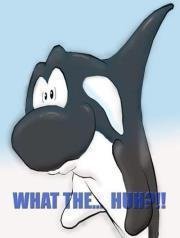Hey Jon. From what can be seen in the photos, this looks quite good.
Its hard to give good advise without seeing the details up close or clearly. You really need to stop using the flash, and use a better light source instead ... the reflection of the flash is obscuring most of what can be seen in the photos. Usually, photos taken outside on an overcast day work best, and give true colours!
Quoted Text
i found a spray can of Krylon Matt finish. Not only wasnt it Matt...It sort of frosted my tank. Someone please remind me never to use that junk again.
This might not be the disaster you think it is. A frosted look on a russian tank could be a great effect. Its hard to see though because of the point above. From the last photos shown, it looks quite good.
The trick with heavy weathering IMO... to get the most of it ... is to use the effects to highlight details, rather than obscure them. Thats the general rule I work with (Im sure youŽve often read the phrase "less is more"). Im not a fan of lots of mud built up. I think youŽve got the techniques allright, maybe just needs a little finesse.
When drybrushing, I usually just lighten the previous colour a little. Do this a few times, lightening the brush strokes each time and only hitting the highest peaks with the last pass, and youŽll see a gradual depth on the detail. Use a reasonably wide brush as well .. quarter or half inch for tracks and mud. I even use a 1 inch brush for groundwork. I try not to use white though. Sands, yellows and even flesh are good colours for almost all base colours. Even a similar colour with a different hue.
A heavily weathered tank doesnt look right without a base showing why it got so dirty. Its all about perception. The mud just appears out of context, on your shiny table ... like a fish out of water maybe :-)
Good luck in Kalamazoo! I used to work for Upjohn ... used to hear that place mentioned quite a lot!






























